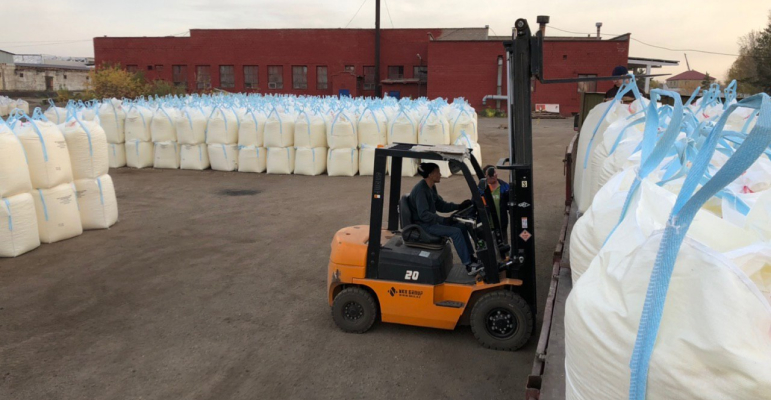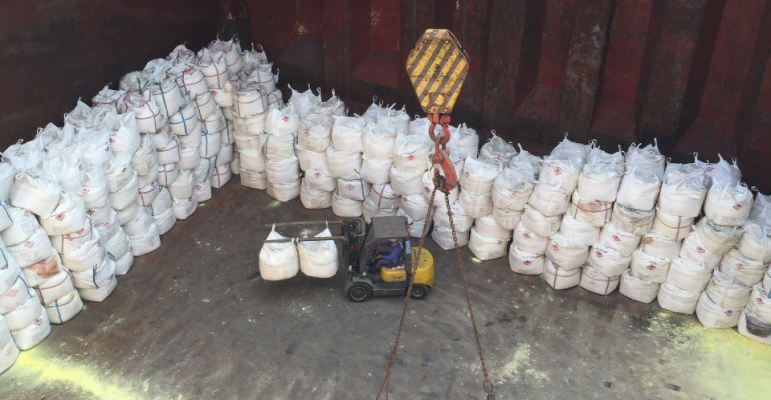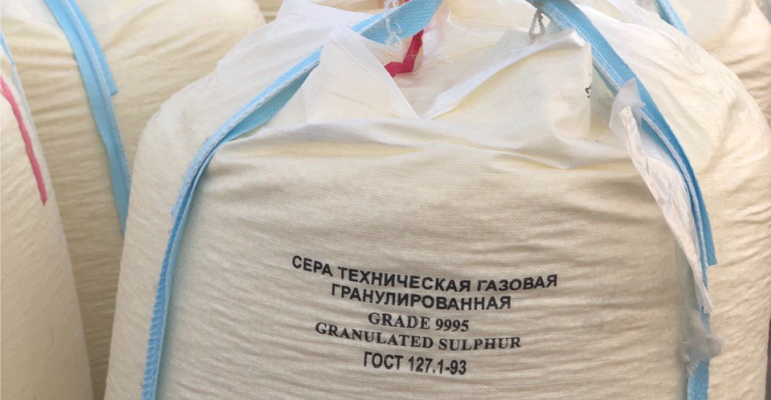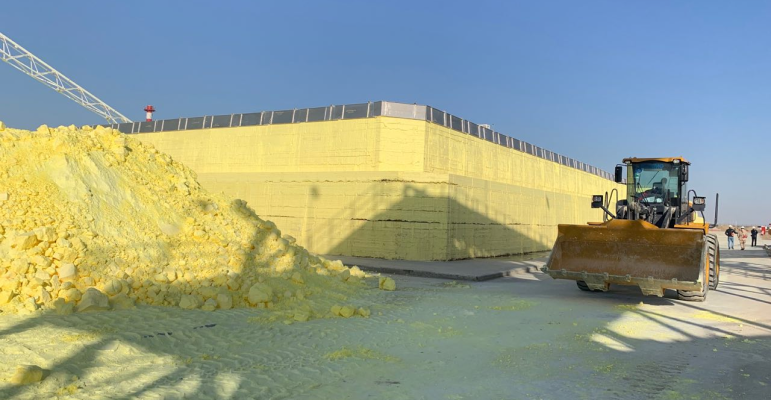



Employing ammonium nitrate as a nitrogen fertilizer is vital for optimal crop growth throughout the growing season. With its notable concentration of nitrate and ammonium nitrogen, approximately 34%, this fertilizer is highly soluble in water, facilitating direct absorption by plants. Its versatility extends to compatibility with various soil environments, including clay, acidic, and humus-rich compositions, making ammonium nitrate an advantageous and effective choice for enhancing plant growth in diverse agricultural settings.
| Ammonium nitrate | |
|---|---|
| Nitrate and ammonium nitrogen | <34.4 |
| Water | <0.3 |
| pH | <5 |
Phosphate fertilizer finds primary application in the pre-planting stage due to its high efficacy. Regions with arid climates, having elevated phosphorus requirements but lower nitrogen demands, benefit significantly from ammophos usage. The widespread adoption of ammophos in these dry areas is notable. When combined, the synergistic effect of ammophos and ammonium nitrate contributes to a substantial yield increase, potentially reaching up to 40 percent.
| MAP | |
|---|---|
| Available phosphates | <46 |
| Nitrogen | <10 |
| Water | <1 |
Urea stands out as the most nitrogen-concentrated fertilizer on the market, boasting nitrogen levels reaching as high as 46%. The efficiency of urea is economically favorable, given its significantly larger usable substance content per unit of measurement compared to similar nitrogen-containing fertilizers. However, it's important to note that urea exhibits high volatility, leading to rapid loss through soil evaporation. This characteristic can impact overall plant nitrogen intake, making careful consideration of its volatility crucial in agricultural practices.
| Carbamide (urea) | |
|---|---|
| Nitrogen | <46.2 |
| Biuret | <1.4 |
| Water | <0.3 |